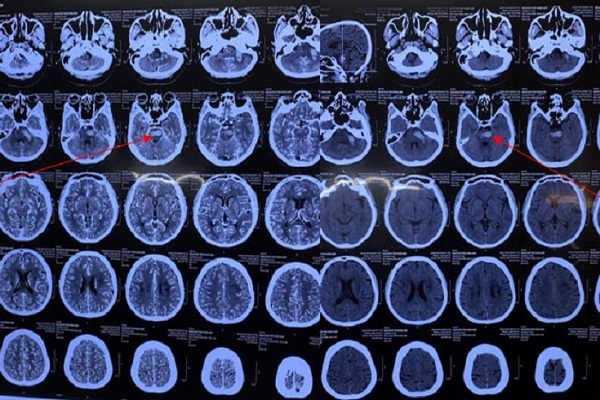According to nutrition experts, here are 5 secrets on the Japanese table to help them become “masters” of health and longevity:
1. Japanese people eat up to 30 kinds of food a day
In early 1985, the Japanese Ministry of Health, Labor and Welfare developed the “Healthy Eating Guide” and advised people to try to eat 30 foods (including cooking oil and spices) every day to ensure complete nutrition.
To avoid excessive energy intake when eating a variety of foods, Japanese people only eat very small amounts for each dish. They also prioritize nutritious fruits and vegetables that help protect heart health and prolong life.
Japanese experts also recommend that everyone should eat an average of 12 different foods per day, at least 25 types per week.
The number may sound like a lot, but in reality it is not difficult to achieve this goal. For example, a bowl of noodles containing eggs, meat, some vegetables, mushrooms, wood ear, salt, fish sauce… Or soup with mushrooms, carrots, bamboo shoots, seaweed, spices…
2. Japanese people often eat natto
“Natto” are boiled soybeans which are incubated with Enzyme (Bacillus natto) at 40°C for 14-18 hours until they ferment into brown beans, very thick and durable with a pungent odor that is somewhat unpleasant to unfamiliar people.
Natto is a rustic dish that many Japanese use every day, especially in the morning. It is considered a healthy food, because natto is not processed like: cooked, fried, steamed… but fermented, thus retaining a large amount of protein and vitamins, and is easily absorbed.
In addition, Japanese researchers also found that Natto contains natural thrombolytic enzymes, which help regulate blood lipids and reduce the incidence of cardiovascular disease.
3. Japanese people prefer to eat fish
In Japan, the average person eats more than 100 kg of fish annually. Fish consumption in this country ranks first in the world. In particular, the Japanese way of eating fish is also very special: Eat sashimi with mustard and soy sauce, or grill a whole fish over a fire and then drizzle it with soy sauce…
According to research, deep sea fish which are rich in omega-3 fatty acids should be consumed regularly to help lower blood pressure and lower triglyceride levels in the body.
We can learn Japanese by eating deep-sea fish twice a week. Continuously doing 1-2 months, heart health will improve.
However, deep sea fish can have parasites, overeating also affects digestion and absorption. Therefore, the best way to eat them is to steam them and use no more than 60 grams at a time. Include lots of fruits and vegetables in your diet.
4. Japanese people eat a lot of steamed, boiled, mixed vegetables
The Japanese like to mix lettuce, carrots, cucumber… with some spices to eat. They also often steam, boil food instead of frying it. This processing method maintains the nutritional content of food, is good for health, and limits cardiovascular problems.
5. Japanese people limit the use of salt in food
Since 1975, the Japanese government has launched a series of campaigns to educate the public about the benefits of reducing salt in their daily diet. It can be seen that nowadays, Japanese cuisine is often frugal, low in salt, and very little salt is used.
Meanwhile, according to World Health Organization statistics, Vietnamese people eat almost double the amount of salt needed and are one of the saltiest countries in the world. A large number of patients with cardiovascular disease, cerebrovascular disease and hypertension are now closely associated with a salty diet. We need to learn from the Japanese in reducing salt when preparing food at home, limiting the use of instant noodles and processed foods – things that contain a lot of salt.
at Blogtuan.info – Source: Eva.vn – Read the original article here



